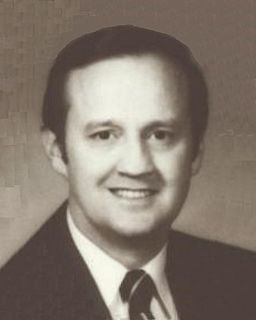It has been requested that the title of this article be changed to List of governors of Virginia . Please see the relevant discussion on the discussion page. The page should not be moved unless the discussion is closed; summarizing the consensus achieved in support of the move. |
| History of Virginia |
|---|
The following is a list of the Governors of the Commonwealth of Virginia. The Governor is the head of the executive branch of Virginia's state government and the commander-in-chief of the state's military forces. The governor has the duty to enforce state laws, and the power to either approve or veto bills passed by the Virginia General Assembly, to convene the legislature, and to grant pardons, except in cases of impeachment. [1]

The Governor of the Commonwealth of Virginia serves as the chief executive of the Commonwealth of Virginia for a four-year term. The current holder of the office is Democrat Ralph Northam, who was sworn in on January 13, 2018.
The government of Virginia combines the three branches of authority in the Commonwealth of Virginia. The current Governor of Virginia is Ralph Northam. The State Capitol building in Richmond was designed by Thomas Jefferson, and the cornerstone was laid by Governor Patrick Henry in 1785. Virginia currently functions under the 1971 Constitution of Virginia. It is the Commonwealth's seventh constitution. Under the Constitution, the government is composed of three branches, the legislative, the executive and the judicial.

A commander-in-chief, sometimes also called supreme commander, is the person that exercises supreme command and control over an armed forces or a military branch. As a technical term, it refers to military competencies that reside in a country's executive leadership – a head of state or a head of government.
Contents
- Colonial Governors
- President of the Committee for Public Safety
- List of Governors
- Living former Governors of Virginia
- Other high offices held
- Birth places
- See also
- References
The first Constitution of 1776 created the office of Governor, to be elected annually by the Virginia State Legislature. The Governor could serve up to three years at a time, and once out of office, could not serve again for four years. [2] The 1830 constitution changed the thrice renewable one-year term length to a non-renewable three-year term, and set the start date at the first day in January following an election. [3] This constitution also prevented governors from succeeding themselves, a prohibition that exists to the present day. [4] The 1851 Constitution increased terms to four years [5] and made the office elected by the people, rather than the legislature. [6] The commencement of the Governor's term was moved to the first day in February by the 1902 Constitution, [7] and then to the Saturday after the second Wednesday in January by the 1971 and current Constitution. [8]
If the office of governor is vacant due to disqualification, death, or resignation, the Lieutenant Governor of Virginia becomes Governor. [9] The office of Lieutenant Governor was created in 1851. [10] Prior to that a Council of State existed; it chose from among its members a President who would be "Lieutenant-Governor" and would act as governor when there was a vacancy in that office. [2] [11]

The Lieutenant Governor is a constitutional officer of the Commonwealth of Virginia. The Lieutenant Governor is elected every four years along with the Governor and Attorney General. The office is currently held by Democrat Justin Fairfax. The governor and lieutenant governor are elected separately and thus may be of different political parties. The lieutenant governor's office is located in the Oliver Hill Building on Capitol Square in Richmond, Virginia. The lieutenant governor serves as the President of the Senate of Virginia and is first in the line of succession to the governor; in the event the governor dies, resigns, or otherwise leaves office, the lieutenant governor becomes governor. Unlike the governor, the Lieutenant Governor of Virginia can serve consecutive terms.
Officially, there have been 73 Governors of Virginia; the Acting Governors are not counted.



































































































